Column: Sinéad O'Connor isn't looking for sympathy with her new memoir, just a little truth

Sinéad O'Connor has written a memoir called "Rememberings," and if you think you know what to expect, you'd best brush up on your Yeats.
O’Connor is Irish and an artist, which means that, among many other things, she has a near-genetic attachment to W.B. Yeats; one of her most popular songs, “Troy,” is based on his poem “No Second Troy.”
“I love Yeats’s poems,” she writes, recalling her school days; “they’re like music but they open up a different sky, the one that's inside me. ... There isn’t a scary spinning universe outside me; there’s a misted olden-days sitting room inside me, with a huge gray marble fireplace. Yeats is out of his mind there, writing 'Easter, 1916,' about the tragic uprising by Irish Republicans against the British. Nobody is ... laughing now is what I wrote on my test in answer to the question What was the poet saying?”
I truly, madly, deeply hope this is true — that this is what a young Sinéad O’Connor wrote in English class — because it is the best answer, the only answer to any question about a doomed revolution of abused people.
And to a certain extent it is the answer to Sinéad O’Connor herself: After years of serving as a punchline or a cautionary tale, she is speaking, and nobody is laughing now.
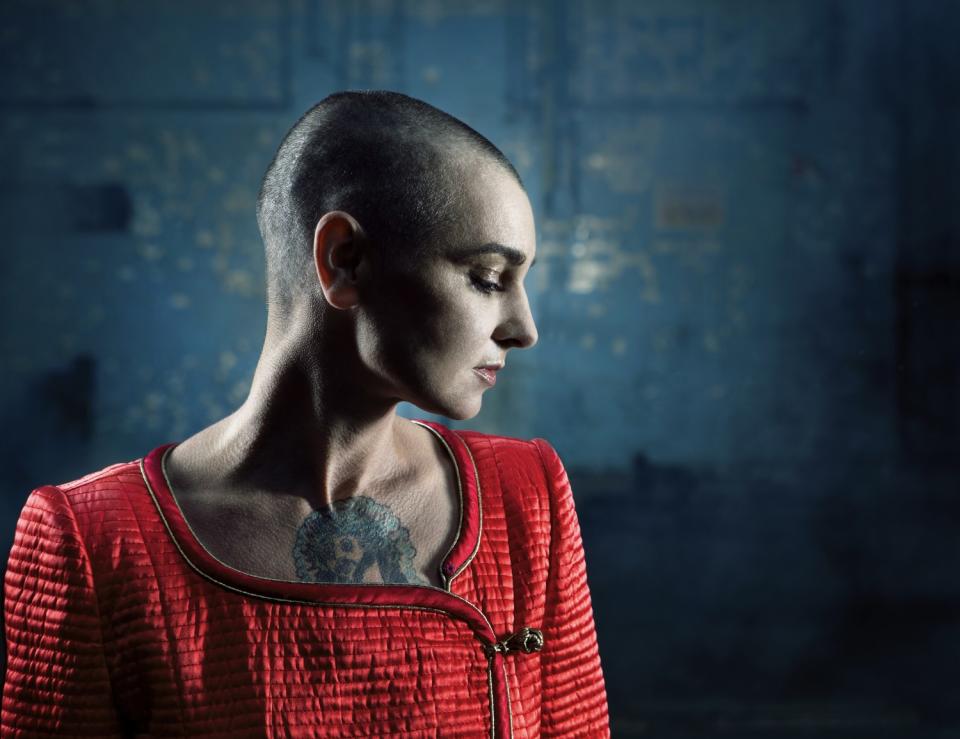
There are many things you could say about "Rememberings" and the person who wrote it, especially in 2021. You know, now, that we are all finally admitting how terribly many female performers have been treated by their industries, audiences and the media. Now that it is dawning on us how much easier it was to reject political protest as performative narcissism than to consider its cause and maybe do something about it. Now that we are realizing how quickly all sorts of mental illness and trauma were once dismissed under the single heading: "crazy."
O'Connor has suffered abuse under many circumstances and dealt with mental illness in herself and others, and although her memoir offers no miracle cures or neatresolutions, she is, as fellow survivor Elaine Stritch used to sing, "still here."
Many know O'Connor mostly as the young woman with the shaved head who sang Prince’s “Nothing Compares 2 U,” destroyed a promising career by tearing up a picture of the pope on “Saturday Night Live” in 1992 and has since made as many controversial headlines as new albums.
Yet critics and devoted fans have continued to treat her albums and performances seriously, occasionally rapturously. And in recent years she has even achieved a kind of martyrdom: Before the Dixie Chicks were shut down for criticizing the war in Iraq, before Taylor Swift was dissed by Kanye and sued by a DJ for alleging he groped her, before Britney Spears was hounded and shamed for wanting privacy, there was Sinéad O’Connor — banned by NBC and shunned for years by popular culture.
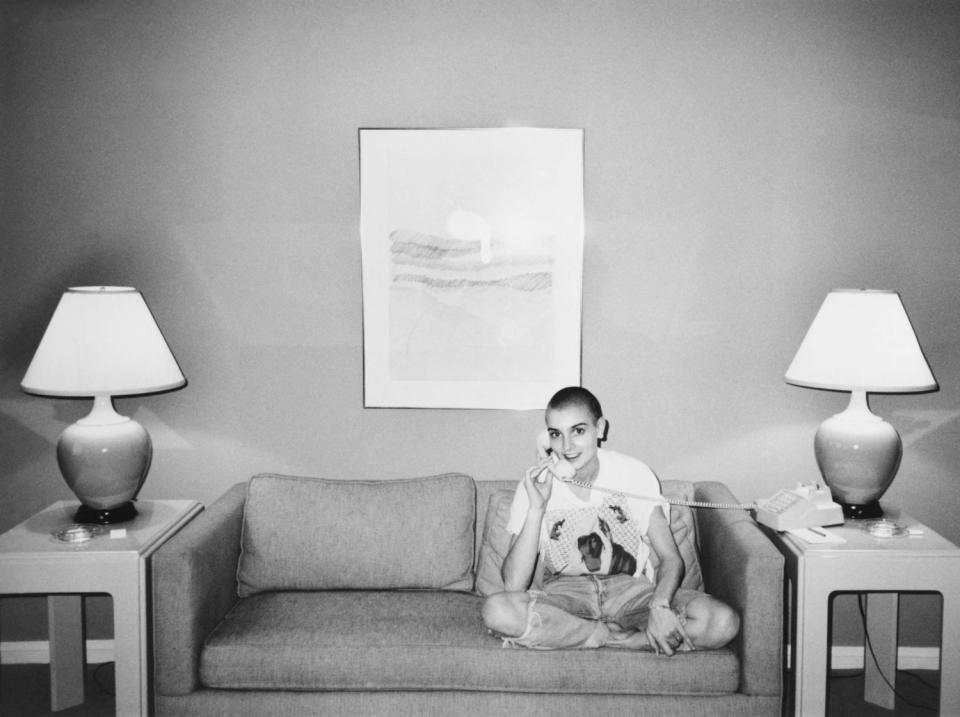
O'Connor's original sin — tearing up a photo of John Paul II to protest, she says, the Catholic Church’s attempt to cover up the sexual abuse of thousands of children by priests — puts her smack on the right side of history. For years she was the butt of jokes, tirades, physical threats and professional blacklists, but as people reconsider what she was protesting and the way she was treated for doing it — well, no one is laughing now.
It is true that the Catholic League, in anticipation of “Rememberings,” sent out a news release denouncing O’Connor as an anti-Catholic phony. But at this point you can’t buy that kind of publicity.
“Rememberings” is not, however, a manifesto, a polemic or even a confessional. It is certainly not anti-Catholic. Although O’Connor converted to Islam in 2018, changing her name to Shuhada' Sadaqat, her memoir does not depict the church as an evil force. Indeed, in several instances, O’Connor recalls reaching out to members of the clergy for help and sometimes even getting it.
Instead, it is an accounting, a telling of O'Connor's story as she remembers it. She believes she was mistreated at times by the music industry, but her ability to make music, to perform and record, was never taken from her. Music runs through “Rememberings” like an underground stream; it’s there, feeding everything, though explanations of her connection to it surface only at rare intervals. Her homage to Yeats is as good, and as precise, as it gets.
“If you could talk about music,” she writes in the opening pages, “you wouldn’t need music.”
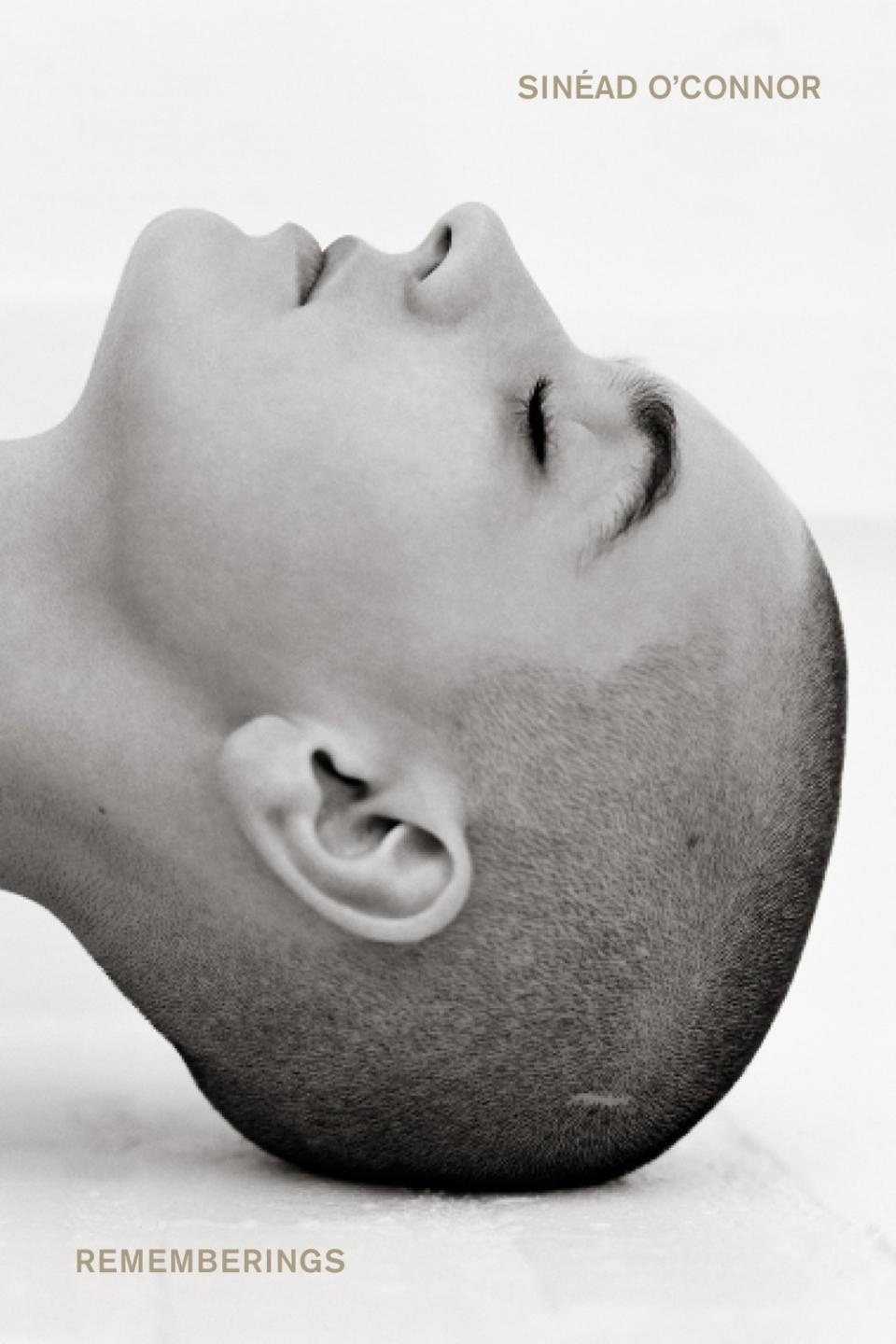
Memoirs are tricky things, and O’Connor’s is trickier than most, owing in part to her long and complicated relationship with fame. There is a fair amount of repetition and attempted record-straightening. She offers, among other things, a more detailed account of a frightening encounter with Prince she has described elsewhere over the years, as well as her version of her alleged refusal to allow “The Star-Spangled Banner” to be played before one of her shows and an excruciating account of her decision to go into treatment with Dr. Phil.
She has also attempted to maintain the privacy of those she writes about, including her siblings, her four children and, for the most part, their fathers, resulting in passages whose vagueness borders on stream-of-consciousness. To complicate things further, the book was written in two parts, divided by one of several breakdowns during which her voice, as she acknowledges, changed drastically.
Not that anyone who paid any attention to her career would expect a traditional memoir from O’Connor, who has always chosen raw over polished. One of the best compliments anyone ever paid one of her albums, she says in the book, was that it was too deeply personal to listen to a second time.
She has plenty to say about an industry and a culture that punish female performers who refuse to be boxed up and pushed around. She has always had plenty to say about that, but now she is more interested in anatomizing all the forces that carved her into the woman she is today. And we are more willing to listen.
O’Connor grew up in 1970s Dublin, and her early life is threaded with the lyricism, fatalism and horror that mark many Irish memoirists, from Frank McCourt to Nuala O’Faolain, creating an inextricable knot of love and hate for her homeland. Of the country where she still lives, she writes, “Best day of my life was the day I first left Ireland, and any other day I left Ireland was the next best."
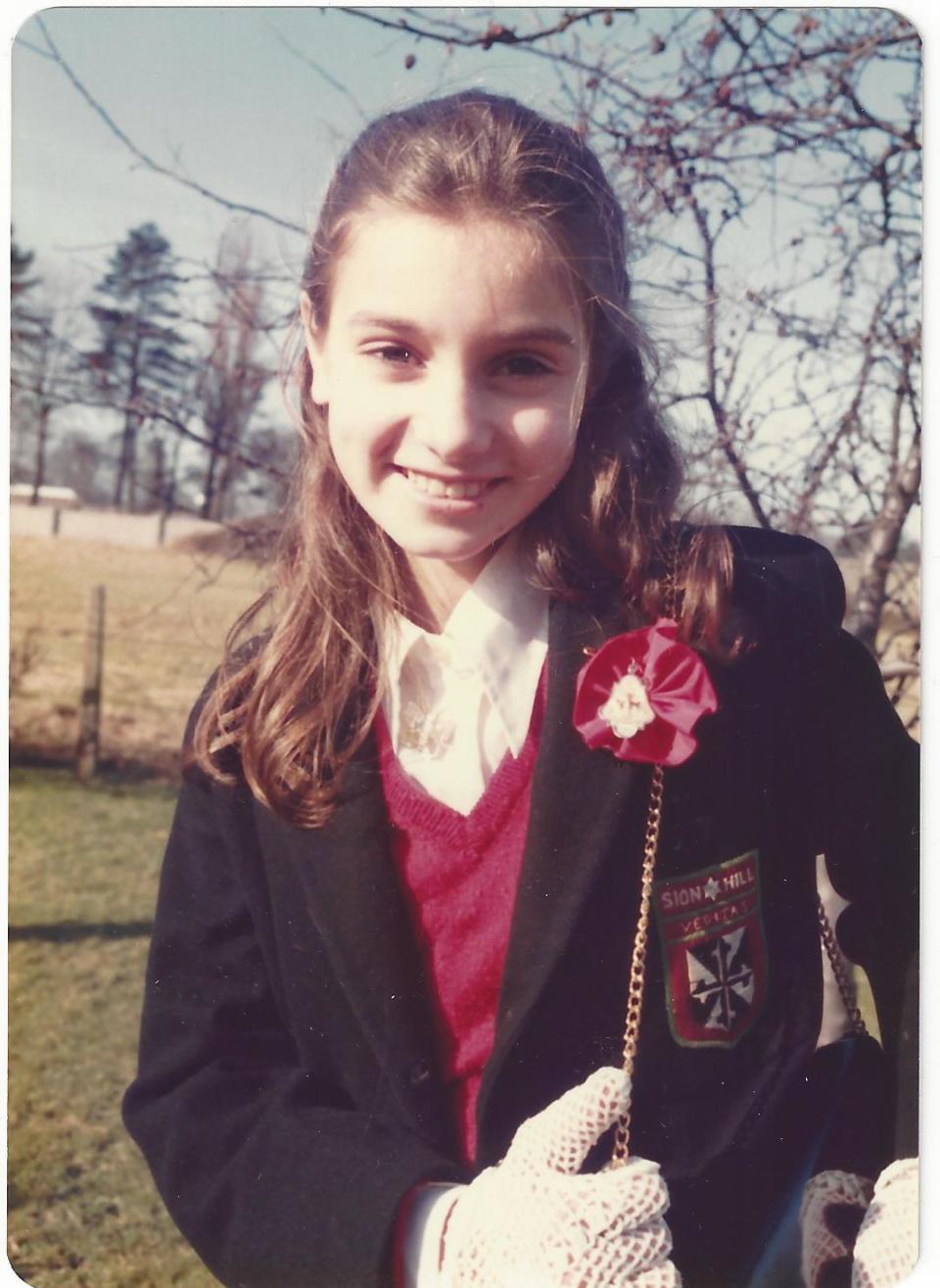
Her early years were, by her account, deeply traumatic. Her parents divorced when she was young. Her father was a gentle man who battled depression and offered her only temporary respite from her mother, who brutally abused her sexually and physically. O’Connor’s many attempts to get help, including from a priest during a family visit to the shrine at Lourdes, were unsuccessful.
She found comfort in music, lured first by her grandmother’s piano: “I sneak in here often by myself because the piano summons me. It makes the air around itself vibrate in huge waves with just the slightest suggestions of colors so as to catch my attention.“
An inveterate shoplifter, she did time in a reform school and discovered Bob Dylan, who teaches a valuable lesson: “In real life you aren’t allowed to say you’re angry but in music you can say anything.”
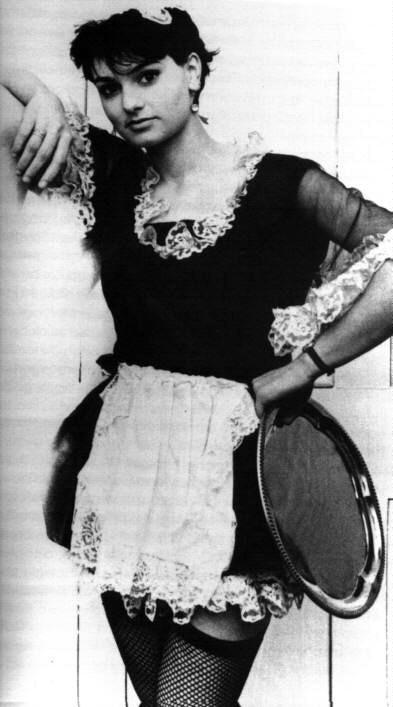
She began performing in her teens and in 1985, weeks after her mother died, she left Ireland for London and a career that seemed, in broad strokes, like a dream come true. The details, however, reveal the same war on a different front. When a producer complained about her short hair being not feminine enough, she shaved it off. When she became pregnant, she was urged to abort for the good of the label. Three months after she gave birth to her first child, her first album, “The Lion and the Cobra,” debuted. She loved life best when she was touring, but when she was nominated for a Grammy, she writes, “I saw my life roll up as if it were a blanket and vanish. Quick as a flash, like I was a dying person.”
She was 20.
The rest is history, though it reads very differently in O’Connor’s own words. Her second album, “I Do Not Want What I Haven’t Got,” included “Nothing Compares 2 U,” which made her a huge star. She was nominated for more Grammys but boycotted the ceremony for many reasons, she writes, including that “I wasn’t getting awards because of anything I stood for. Rather, I was getting awards because I’d 'shifted a lot of units.'”
These days, as many question the music academy's lack of transparency regarding membership and voting practices, that position feels very on-point. At the time, it seemed simply “crazy.”

So by the time O’Connor went on “Saturday Night Live” and, after singing Bob Marley’s “War,” tore a photo of his holiness in half, the outrage machine was already in full throttle. A decade before the Catholic Church would be forced to concede and apologize for the incomparable damage it had done by covering up decades of sexual abuse, O’Connor explained why she had torn the photograph, but no one listened.
For many, it became both the end of O’Connor’s career and the most important thing about her. For O’Connor, it was like being fired from a job she didn’t want in the first place.
“I feel that having a number-one record derailed my career," she writes, “and my tearing the photo put me back on the right track.”
Afterward, she writes, "I could just be me. Do what I love. Be imperfect. Be mad, even."
The book is not built on that episode. It goes on for many more pages beyond, just as O'Connor has gone on — to raise four children, give thousands of performances, write hundreds more songs and continue to fight for her mental health. "I’m not a pop star," she writes. "I’m just a troubled soul who needs to scream into mikes now and then.”
This story originally appeared in Los Angeles Times.

